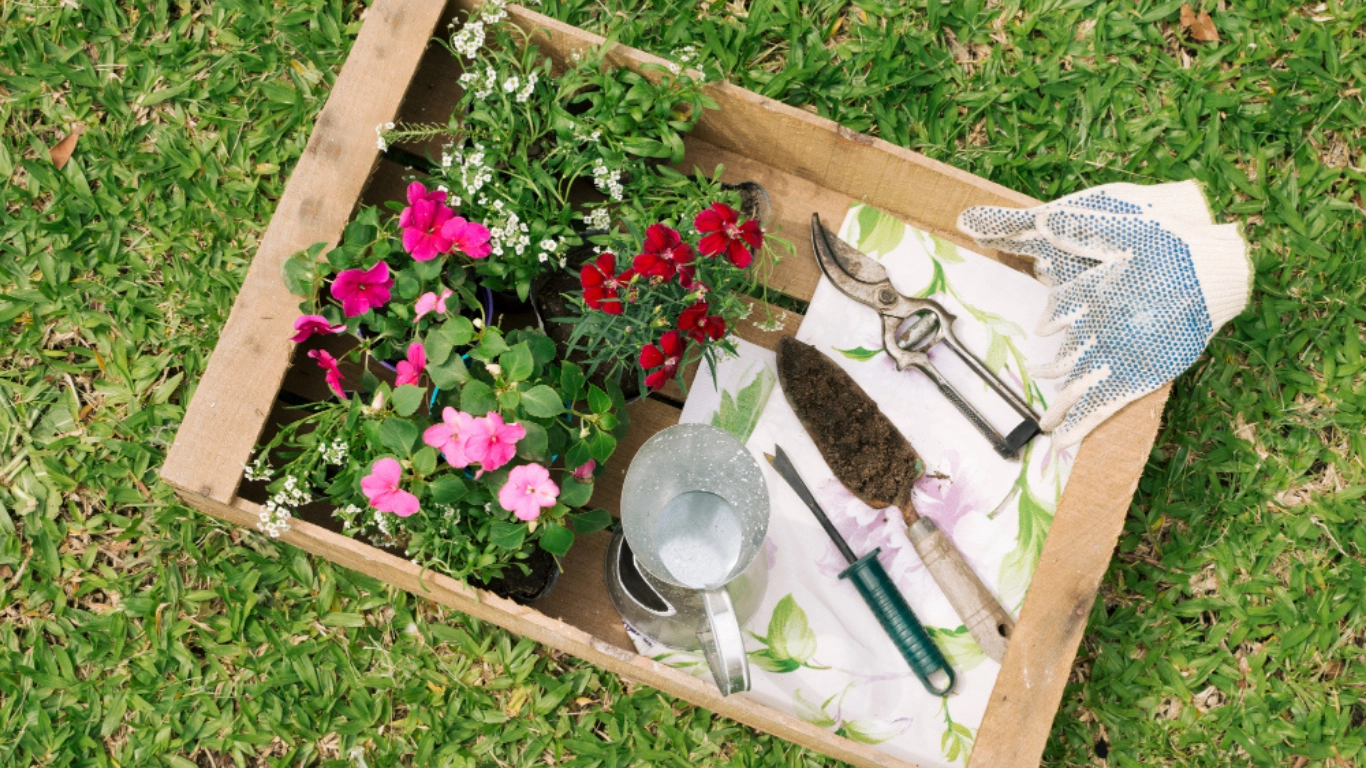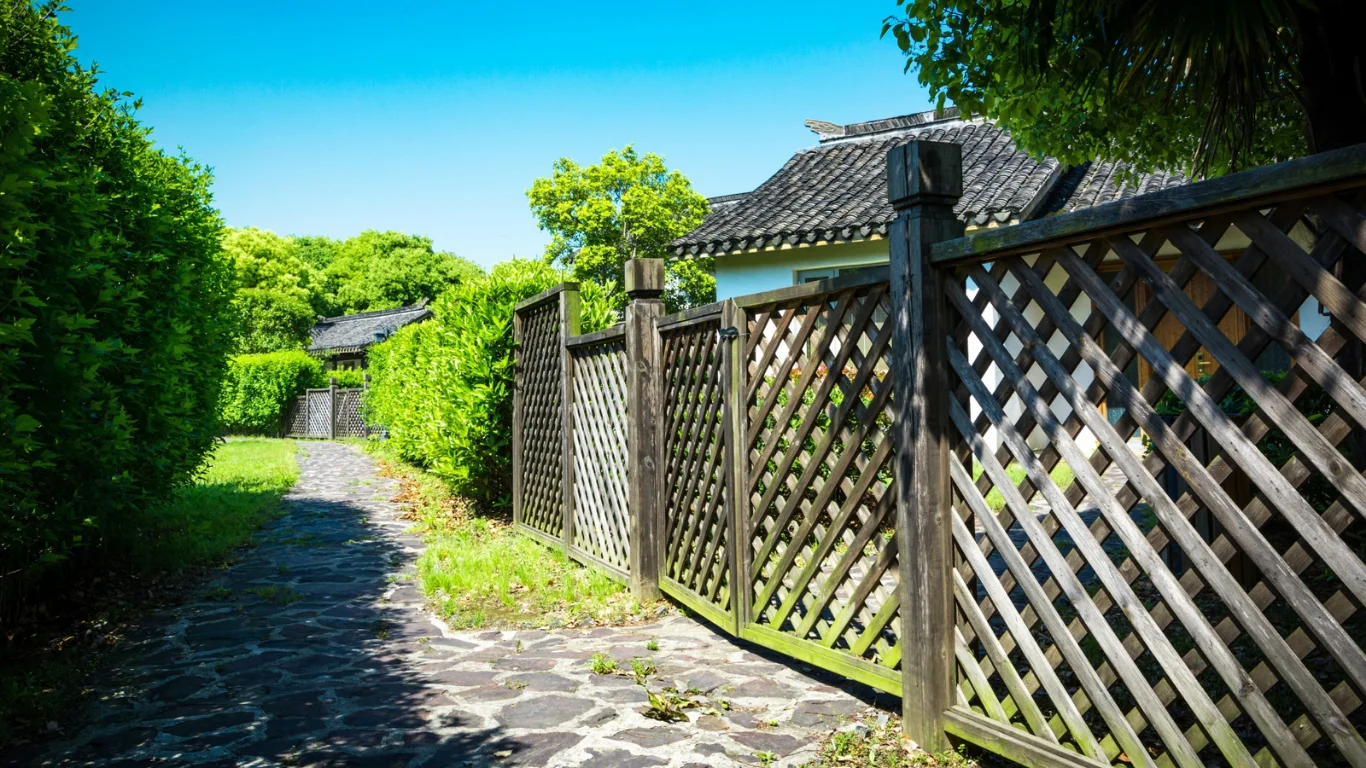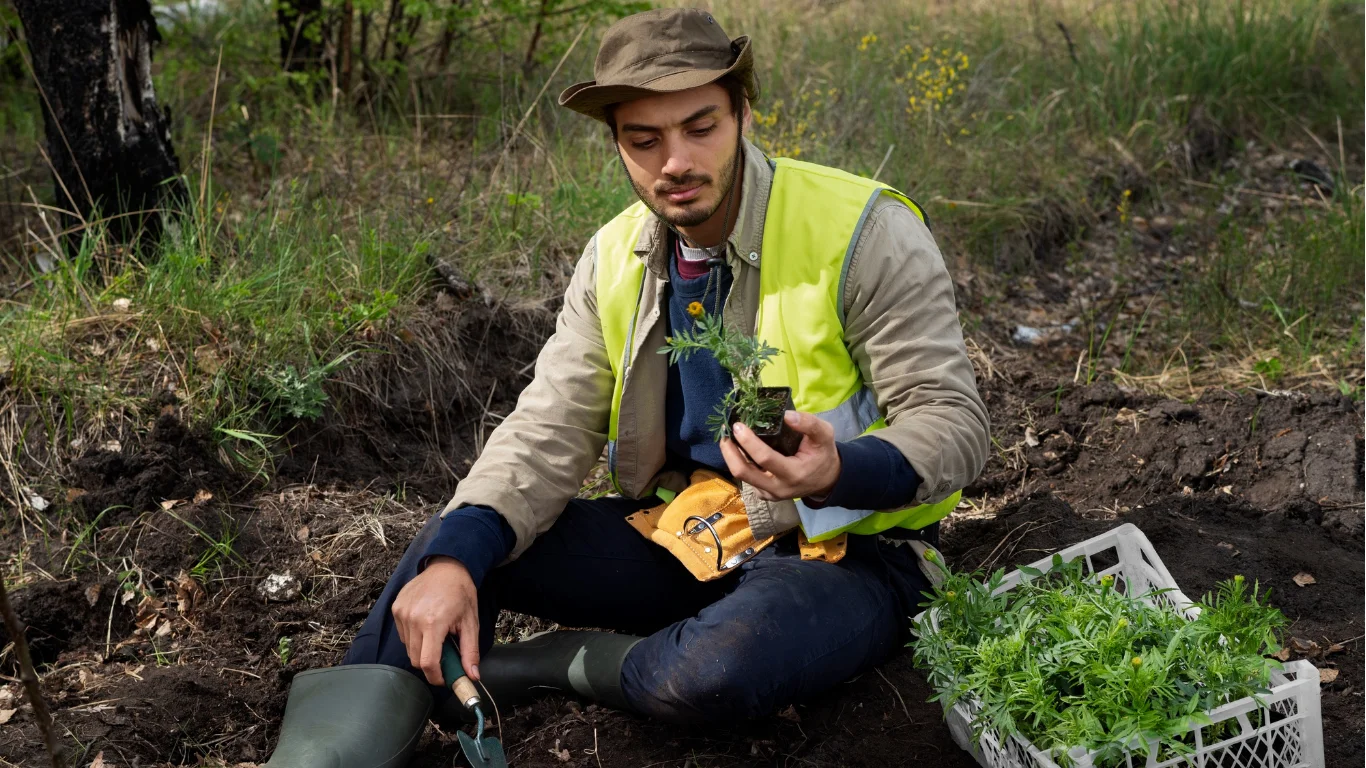Zero-waste gardening turns household discards into resources, reduces environmental impact, and builds resilient, productive outdoor spaces. This approach blends practical techniques, composting, upcycling, water conservation, and plant stewardship with a mindset shift: waste is raw material, not refuse. The following guide explains concrete steps, relevant statistics, and examples that make zero-waste gardening accessible for gardeners of every scale.
Why Zero-Waste Gardening Matters
Globally, an estimated 30–40% of food produced is never consumed, creating substantial greenhouse gas emissions and resource loss. In the United States, organic materials represent roughly 28% of the municipal solid waste stream; much of this ends up in landfills, where anaerobic decomposition releases methane, a potent greenhouse gas. Converting organic waste into compost or using it as mulch reduces landfill burden and creates a closed-loop nutrient cycle for gardens.
Beyond emissions, zero-waste practices save money, improve soil health, and increase biodiversity. Healthy soils retain more water, require fewer synthetic inputs, and support beneficial organisms, outcomes that align with both urban and rural gardening goals.
Composting: The Cornerstone of Transformation
Composting is the most direct way to convert kitchen and yard waste into a valuable soil amendment. Properly managed bins or piles break down greens (food scraps, grass clippings) and browns (leaves, cardboard) into humus that enhances soil structure and fertility.
Several composting methods suit different living situations: traditional backyard piles for larger spaces; tumbler bins for tidy, low-maintenance systems; and vermicomposting (worm bins) for apartment dwellers. Vermicomposting can reduce kitchen waste volume by up to 50% and yields nutrient-rich castings ideal for container plants. Incorporating compost into your garden supports low-maintenance landscaping by improving soil health, reducing the need for synthetic fertilizers, and enhancing plant resilience.
Common Composting Tips
Maintain a balanced carbon-to-nitrogen ratio—often approximated as 25–30 parts carbon to 1 part nitrogen—turn the pile periodically for aeration, and keep moisture similar to a wrung-out sponge. Avoid adding meat, dairy, or diseased plant material to home compost systems unless a high-heat system is employed.
Upcycling and Reusing Materials in the Garden
Repurposing household items cuts waste and reduces the need to buy specialized garden products. Examples include using coffee grounds as a nitrogen supplement, crushing eggshells for calcium, and transforming cardboard into weed-suppressing mulch. Old pallets can become raised beds; broken terra-cotta pieces make excellent drainage layers in pots.
Containers and planters can be created from unexpected sources: galvanized tubs, untreated wooden crates, and food-grade buckets. Ensure containers have safe, inert finishes and adequate drainage. Upcycling reduces demand for new plastic and provides a unique aesthetic character to outdoor spaces.
Practical Upcycling Ideas
Turn glass jars into seed-starting cloches, repurpose fabric scraps for shade cloths or garden ties, and transform worn-out shoes into whimsical planters. These choices reduce landfill inputs and inspire creative engagement with gardening projects.
Water Conservation and Waste Reduction
Water is a critical component of gardening sustainability. Rainwater harvesting systems, ranging from simple barrels to integrated cisterns, capture runoff for irrigation, reducing reliance on municipal supplies. Mulching beds with compost or straw conserves moisture, suppresses weeds, and gradually contributes organic matter to the soil.
Adopting drip irrigation and soaker hoses boosts efficiency by delivering water directly to root zones. Regular system checks and occasional irrigation repair ensure consistent performance and prevent water waste due to leaks or clogs. Selecting drought-tolerant or native species also minimizes supplemental watering and supports local ecosystems.
Soil Health Without Peat
Peat moss is widely used for potting mixes, but its extraction destroys fragile peatland ecosystems and releases stored carbon. Sustainable alternatives include coconut coir, compost-based mixes, and aged bark. These substitutes provide similar water retention and aeration while avoiding the ecological costs of peat harvesting.
Mixing a Zero-Waste Potting Mix
A simple recipe uses equal parts compost, coconut coir (or well-aged composted bark), and perlite or coarse sand for drainage. Amend with rock dust or bone meal sparingly to address specific mineral needs; regular additions of finished compost will maintain fertility over time.
Seed Saving and Plant Propagation
Saving seeds from heirloom or open-pollinated varieties reduces dependence on packaged seedlings and builds local genetic resilience. Basic seed-saving techniques: drying, cleaning, and storing seeds in cool, dark conditions, require little equipment and yield long-term cost savings.
Propagation through cuttings, division, and layering multiplies desired plants without purchasing new specimens. Share surplus plants and seeds within community networks to spread resilient varieties and reduce collective waste.
Community-Level Approaches and Policy Considerations
Neighborhood compost programs, tool libraries, and seed exchanges scale zero-waste gardening beyond individual yards. Municipal policies that enable backyard composting, provide organics collection, or incentivize rainwater capture can accelerate adoption and reduce landfill pressure.
Businesses and institutions can contribute by diverting food scraps, sourcing compostable packaging, and adopting procurement policies that prioritize regenerative practices. Collective action transforms isolated efforts into measurable environmental benefits.
Getting Started: Practical Checklist
Begin with a small project: an indoor worm bin, a rain barrel, or a seed-saving starter kit. Track waste diverted, soil improvements, and water saved to maintain momentum. Experimentation and incremental changes build both skills and measurable results.
Zero-waste gardening is both a set of techniques and a mindset: see materials as resources, prioritize soil health, and foster community connections. By converting trash into treasure, gardens can become productive, low-impact landscapes that nourish people and the planet.







